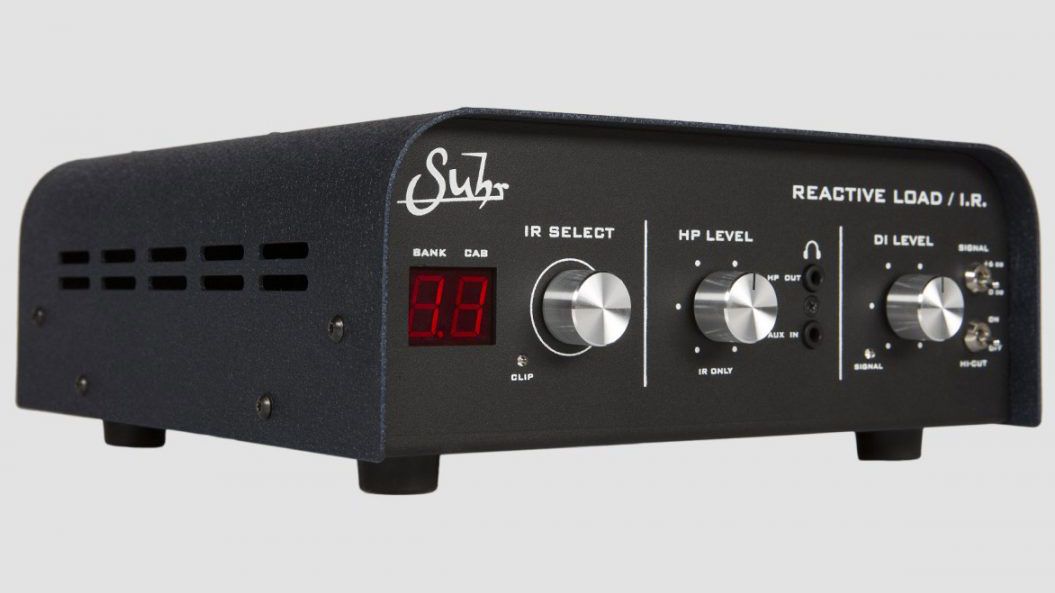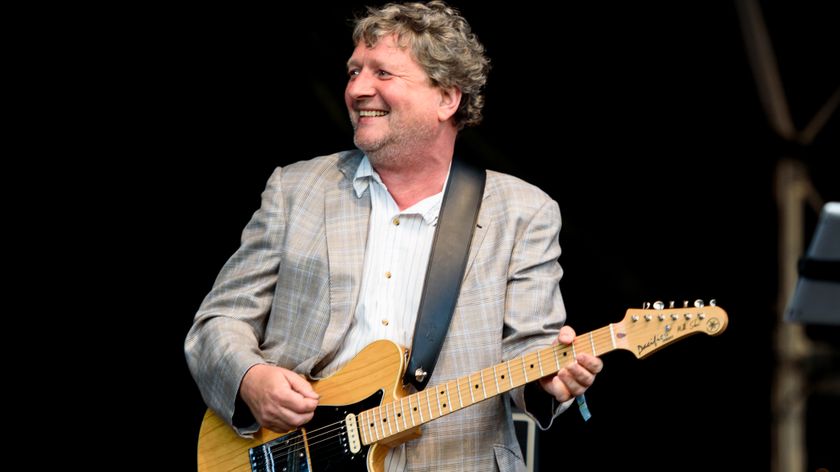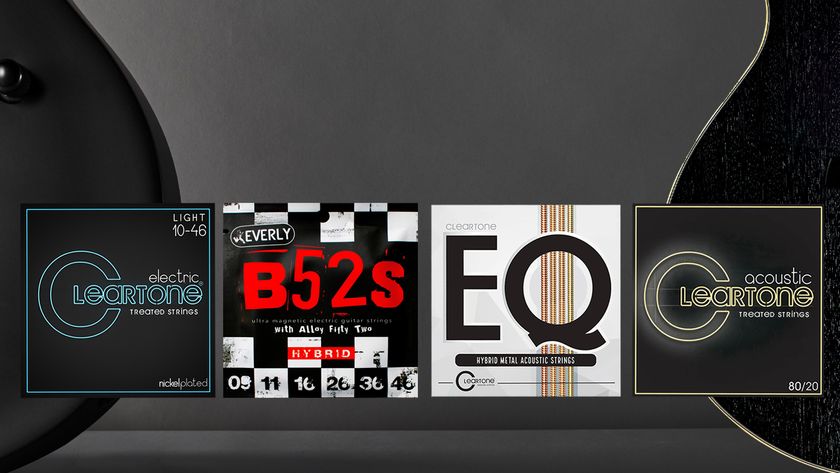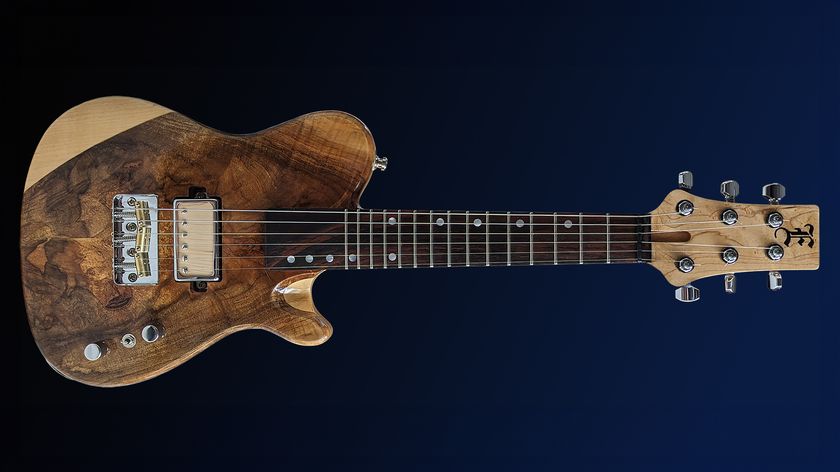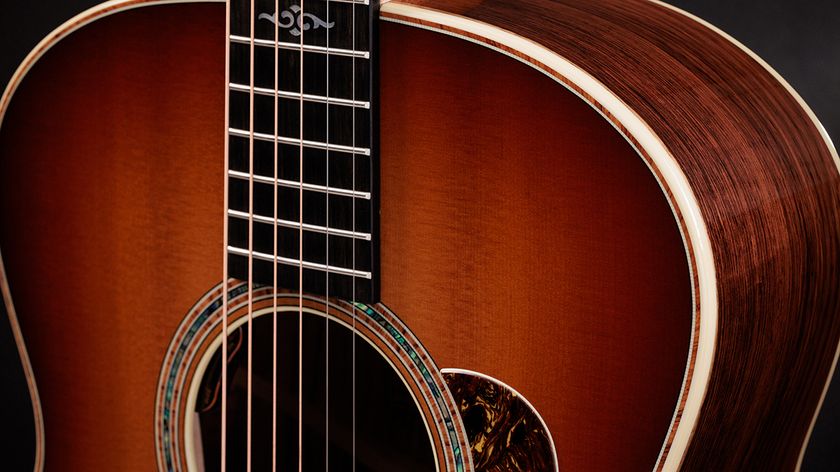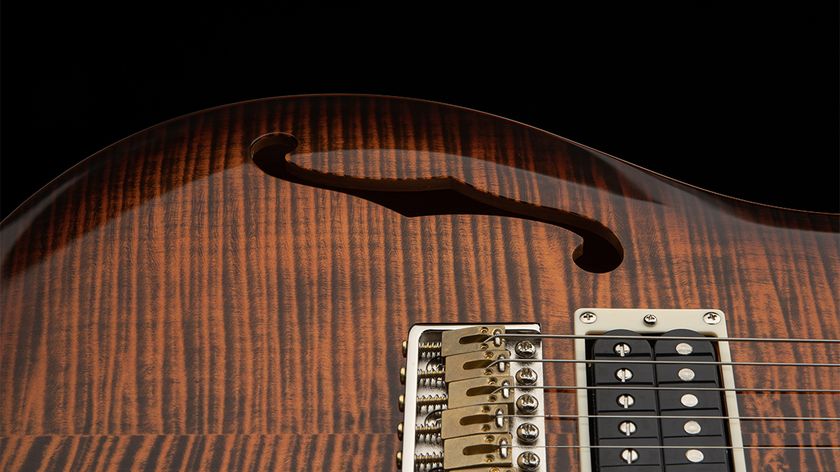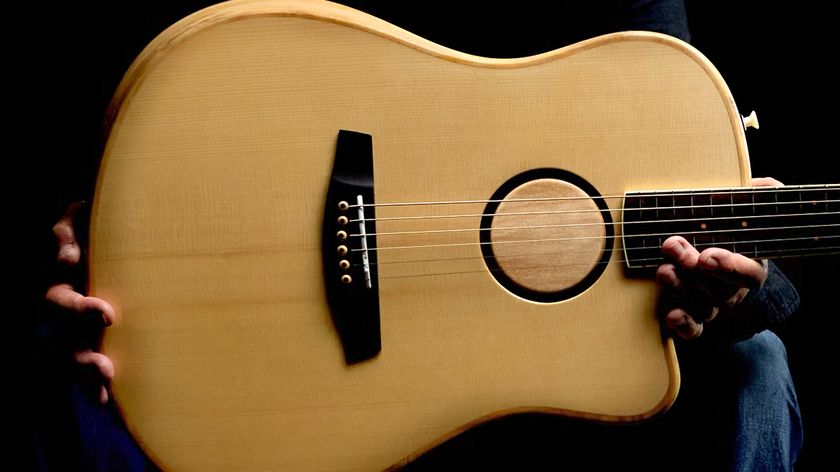GuitarPlayer Verdict
A rugged and well-conceived cabinet simulator that delivers realistic playing feel and great sounds at an accessible price.
Pros
- +
Excellent tone and feel
- +
Great build quality
Cons
- -
No direct-to-digital recording connection or preset editing software
You can trust Guitar Player.
Since its release a few years back, the Suhr Reactive Load has won fans for its ability to provide a realistic speaker cabinet– like load to your amp while translating the signal to a line-level DI for live or studio use.
High-quality impulse responses (IRs) have become a popular way to provide cab simulations in everything from digital amp modelers to in-the-box recording solutions to stand-alone cab-sim units, so it was a natural next step to load a bevy of these WAV files into the hardware that Suhr had already created. The result is the Reactive Load/IR.
The load is itself the same as that in the previous unit and the brainchild of John Suhr. He created it with engineering input from legendary amp designer Jim Kelley, who modeled the impedance curve on that of the finest Greenback-loaded vintage Marshall 4x12 in the Suhr collection. John’s son, Kevin, ported in the IR functionality and balanced line drivers, and the result is a powerful new tone tool to help bridge the analog and digital divide.

The Reactive Load/IR belongs to a growing breed of speaker simulators (a.k.a. cab emulators) that arrived at the professional level several years ago in the guise of the analog Palmer PDI range. The market now includes popular units from Two Notes, Universal Audio, Mesa/Boogie and others. Unlike traditional speaker cabinets, they allow you to achieve the sounds of those big wooden boxes without generating the volume required to push them to the sweet spot. What’s more, they can provide a virtual collection of classic cabs, speakers and microphones for stage or studio use.
The Suhr’s front panel has an IR selector with accompanying LED read-out window and LED clipping indicator, headphone level control with 1 /8-inch aux input and 1 /8-inch headphones output, DI level control with LED input-signal indicator, and mini-toggle switches for +6 dB signal boost and high cut. Suhr points out that high cut is a cut on the impedance curve, not the actual outputs.
“This will affect slightly the high end of the IR and unfiltered outs,” Suhr explains, “but is there for someone who wants to slave something like a Plexi into another tube power amp, or effects loop return of another amp, to completely control volume down to a whisper. Otherwise, the hi end would be accentuated a second time when feeding another tube power section and speakers.”
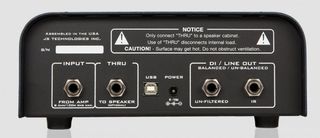
The back panel has an amp input (at eight ohms, 100 watts max), speaker output (for when you want a “live” cab in addition to patching the DI/IR signal to a mixer or interface), USB connection, input for the included nine-volt DC power supply, and balanced/unbalanced outputs for the IR-unfiltered DI (i.e. with no IR applied). It’s all mounted in a rugged, metal enclosure, weighs 6.7 pounds and easily sits atop most amps.
The unit will store 16 different speaker and cab IRs and comes loaded with classics produced for Suhr by Celestion. If this doesn’t sound like a lot of options, it should at least provide plenty of on-the-fly selections to match your gig-venue needs, and the USB connection to your computer allows you to easily save the factory presets and load in any third-party IRs in WAV format to reconfigure the onboard selections at will. Some might miss the inclusion of cab-editing software for post-cabinet EQ and other processing, but such processing can be achieved at the FOH desk or in your studio DAW.
I ran a Friedman Small Box head (a 50-watt modified-Marshall-style creation) and a 20-watt Dr. Z Carmen Ghia into the Reactive Load/IR to test it through the studio monitors, while also tracking several presets via Pro Tools to evaluate the sounds in the mix. In short, this is an extremely capable unit, both for feel and sound, but given my familiarity with what good IRs can deliver in several other guises, it’s perhaps the feel that impressed me most, or most immediately. The Reactive Load/IR delivered a familiar, breathing, tactile response right away.
The Celestion-produced factory IRs sound very good, too, and include a selection of 4x12, 2x12 and 1x12 cab and mic mixes to suit different genres and playing styles. I easily loaded in some of my favorite third-party IRs via the USB connection, and the Reactive Load/IR delivered rewarding renditions of these too. Some users might have found an S/PDIF or other hi-res digital recording output useful. While there’s none here, the Suhr Reactive Load/IR offers plenty at a very accessible price. This unit is a winner.
Specifications
CONTACT suhr.com
PRICE $599 street
CONTROLS IR select, headphone level, DI level, +6dB signal boost and hi-cut switches
I/O Amp input, speaker output (optional), aux in, headphone output, USB, 9-volt power input, balanced/unbalanced raw DI and IR outputs
BUILT USA
Dave Hunter is a writer and consulting editor for Guitar Player magazine. His prolific output as author includes Fender 75 Years, The Guitar Amp Handbook, The British Amp Invasion, Ultimate Star Guitars, Guitar Effects Pedals, The Guitar Pickup Handbook, The Fender Telecaster and several other titles. Hunter is a former editor of The Guitar Magazine (UK), and a contributor to Vintage Guitar, Premier Guitar, The Connoisseur and other publications. A contributing essayist to the United States Library of Congress National Recording Preservation Board’s Permanent Archive, he lives in Kittery, ME, with his wife and their two children and fronts the bands A Different Engine and The Stereo Field.
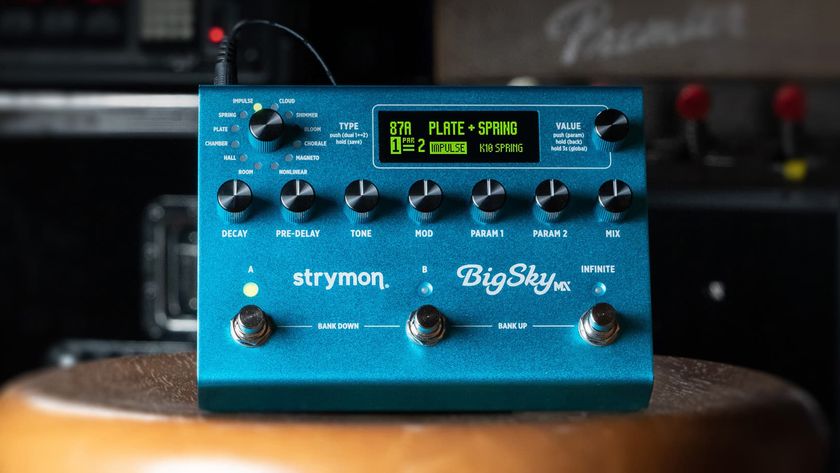
"BigSky MX will be replacing the BigSky as my go-to reverb pedal. I’ve heard nothing that covers all the bases with such pristine and detailed audio quality." We crowned the Strymon BigSky MX the champ of multi-reverb pedals
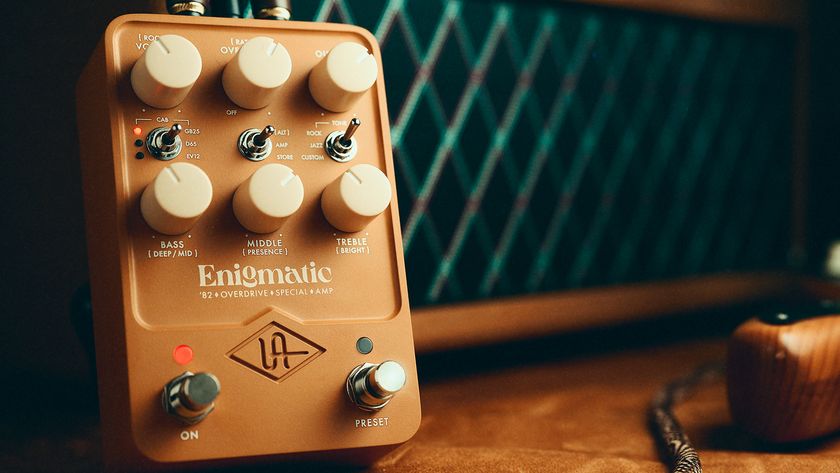
“The pedal is scary good. I haven’t met a guitar player yet who disagrees." Does the new Universal Audio Enigmatic ’82 Overdrive Special Amp pedal capture that Dumble magic? We compared notes with Dumble aficionado Ben Harper
